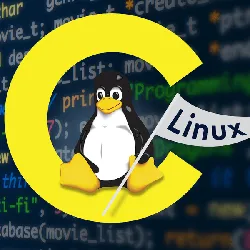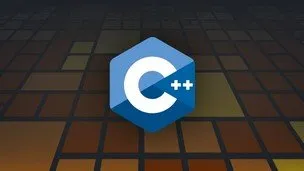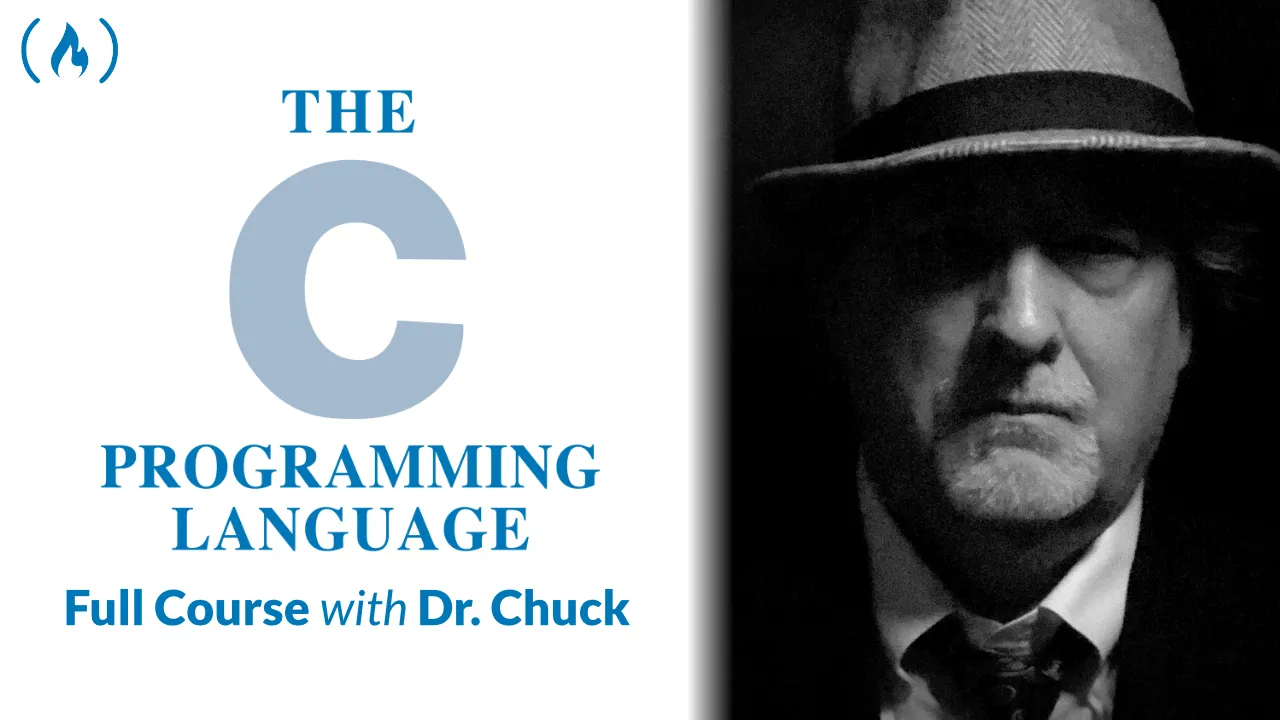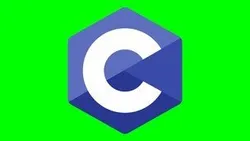
C Programming with Linux 
Gain the skills to develop computer programs with C and Linux. This course provides an introduction to both programming languages, giving students the opportunity to launch a career in computer engineering. ▼
ADVERTISEMENT
Course Feature
![]() Cost:
Cost:
Free Trial
![]() Provider:
Provider:
Coursera
![]() Certificate:
Certificate:
Paid Certification
![]() Language:
Language:
English
Course Overview
❗The content presented here is sourced directly from Coursera platform. For comprehensive course details, including enrollment information, simply click on the 'Go to class' link on our website.
Updated in [March 06th, 2023]
Learners can learn the fundamentals of computer programming and Linux, including the command line, managing processes, files, and memory, and compiling C code with Linux. They can also learn how to interpret, analyse, and implement important computer algorithms. Additionally, learners can gain an understanding of how to observe, manipulate, and optimise computer memory using the C programming language. This course is ideal for those who want to gain a comprehensive understanding of C programming and Linux.
[Applications]
The application of this course can be seen in many areas. Students can use the knowledge gained to develop software applications, create and debug code, and optimise computer memory. Additionally, the course can be used to develop algorithms and interpret data. Furthermore, the course can be used to gain a better understanding of Linux and its command line, as well as managing processes, files, and memory. Finally, the course can be used to compile C code with Linux.
[Career Paths]
1. Software Developer: Software developers create and maintain software applications and systems. They use programming languages such as C to develop software, debug code, and create user interfaces. Software developers must be able to think logically and have strong problem-solving skills. With the increasing demand for software applications, software developers are in high demand and the job outlook is expected to remain strong.
2. System Administrator: System administrators are responsible for the maintenance and upkeep of computer systems. They use C programming to debug code, manage processes, and optimise memory. System administrators must have strong technical skills and be able to troubleshoot and solve complex problems. With the increasing demand for computer systems, system administrators are in high demand and the job outlook is expected to remain strong.
3. Network Engineer: Network engineers are responsible for designing, implementing, and maintaining computer networks. They use C programming to debug code, manage processes, and optimise memory. Network engineers must have strong technical skills and be able to troubleshoot and solve complex problems. With the increasing demand for computer networks, network engineers are in high demand and the job outlook is expected to remain strong.
4. Database Administrator: Database administrators are responsible for the design, implementation, and maintenance of databases. They use C programming to debug code, manage processes, and optimise memory. Database administrators must have strong technical skills and be able to troubleshoot and solve complex problems. With the increasing demand for databases, database administrators are in high demand and the job outlook is expected to remain strong.
[Education Paths]
1. Bachelor of Science in Computer Science: This degree path provides students with a comprehensive understanding of computer science, including programming languages, algorithms, data structures, operating systems, and computer architecture. Students will learn how to design, develop, and debug software applications, as well as how to use the Linux operating system. Additionally, students will gain an understanding of the developing trends in computer science, such as artificial intelligence, machine learning, and cloud computing.
2. Bachelor of Science in Software Engineering: This degree path focuses on the development of software applications and systems. Students will learn how to design, develop, and debug software applications, as well as how to use the Linux operating system. Additionally, students will gain an understanding of the developing trends in software engineering, such as artificial intelligence, machine learning, and cloud computing.
3. Master of Science in Computer Science: This degree path provides students with an advanced understanding of computer science, including programming languages, algorithms, data structures, operating systems, and computer architecture. Students will learn how to design, develop, and debug software applications, as well as how to use the Linux operating system. Additionally, students will gain an understanding of the developing trends in computer science, such as artificial intelligence, machine learning, and cloud computing.
4. Master of Science in Software Engineering: This degree path focuses on the development of software applications and systems. Students will learn how to design, develop, and debug software applications, as well as how to use the Linux operating system. Additionally, students will gain an understanding of the developing trends in software engineering, such as artificial intelligence, machine learning, and cloud computing.
Course Syllabus
C Programming: Getting Started
C Programming: Language Foundations
C Programming: Modular Programming and Memory Management
C Programming: Pointers and Memory Management
C Programming: Advanced Data Types
Linux Basics: The Command Line Interface
C Programming: Using Linux Tools and Libraries
Course Provider

Provider Coursera's Stats at AZClass
Discussion and Reviews
0.0 (Based on 0 reviews)
Explore Similar Online Courses

Adobe Flash CS55 for Beginners

Regular Expressions in JavaScript Course

Python for Informatics: Exploring Information

Social Network Analysis

Introduction to Systematic Review and Meta-Analysis

The Analytics Edge

DCO042 - Python For Informatics

Causal Diagrams: Draw Your Assumptions Before Your Conclusions

Whole genome sequencing of bacterial genomes - tools and applications

Learn C Programming Using the Classic Book by Kernighan and Ritchie

C Programming: Modular Programming and Memory Management - 3

C - Fast Crash Course - Introduction
 Related Categories
Related Categories
 Popular Providers
Popular Providers
Quiz
 Submitted Sucessfully
Submitted Sucessfully
1. What language is used to create and debug code in this course?
2. What is the main purpose of this course?
3. What is one of the topics covered in this course?


Start your review of C Programming with Linux